1-Persians are NOT Arabs
Although Iran is located in the Middle East and is close to Arabic countries, Iranians are Persians not Arabs. Only 2 percent of the population of the country is comprised of the Arabic race.
While both Iranians and Arabs are mostly Muslims, Iranians have different traditions, language, calendar and national celebrations dating back to thousands of years ago. Moreover, the official language of the country, Persian is not to be confused with Arabic, despite their share of script and similar words.
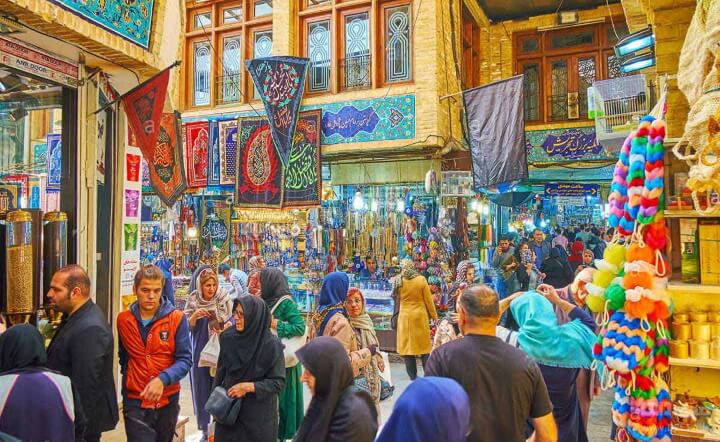
2-No hate towards Americans
The Iranian and American politicians have not had the best relationship since the Iranian Revolution in 1979. There have been few governmental protests since then.
The Down with USA slogan sometimes heard in these protests is only aiming American politics and has nothing to do with its citizens.
Despite the anti-America slogans and posters seen in some of the public areas in Iran,none of the Iranians even those participating in governmental protests have no negative feelings towards Americans and are kind and welcoming towards them.
If you’re travelling to Iran as an American, you can be sure that Iranians will welcome you like any other traveler and won’t let politics get in the way of showing you their hospitality. You can also read former American travelers’ reviews on Trip Advisor and ask them about their experience in Iran.
We also recommend you to see this & this video, made by an american tourist who has traveled to Iran several times.

3-Confusing Currency and limited payment options
Currency
The official currency of Iran is Rial; however, due to the dramatic decrease in its value in the last few decades the prices are now indicated in Toman. Each Toman equals 10 Rial.
The bills and coins are still in Rial so in order to find out the value in Toman you just need to omit one zero. Nowadays the regular range of prices is in thousand Tomans so the locals don’t bother with all the zeros and sayToman instead of thousand Toman.
To clear things more let’s see some examples:

Iranian/Persian numbers
The price of a pack of gum is usually around 50000 Rials or 5000 Toman . When asking for the price the seller will probably tell you 5 Toman, which equals one of these 50000 Rial bills:
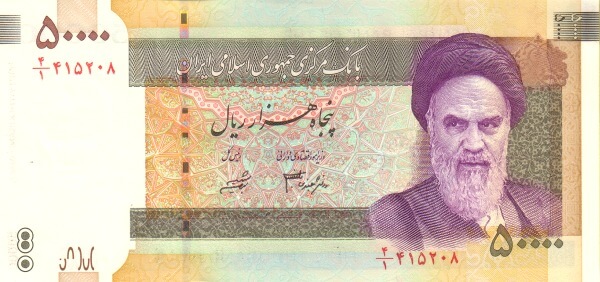
50000 Rials, equals 5000 Tomans, often referred to as 5 tomans (Panj toman in Farsi/Persian language).
Note: The price written on products or restaurant bills can be stated in Toman or Rial.It’s best to ask the seller to make sure.

100000 Rials,equals 10000 Tomans, often referred to as 10 Tomans (Dah Tomans in Farsi/Persian language)

500000 Rials,equals 50000 Tomans, often referred to as 50 Tomans (Panjah toman in Farsi/Persian Language)
Payment methods
Unfortunately, credit cards and international debit cards such as visa and mastercard are not supported in Iran. This leaves the travelers with two options.
Carrying all the money in cash
You can exchange money at the airport, banks and exchange offices available in cities. Avoid exchanging money in the street or paying for the things you’ve bought with euros or dollars as the exchange rate is constantly changing.
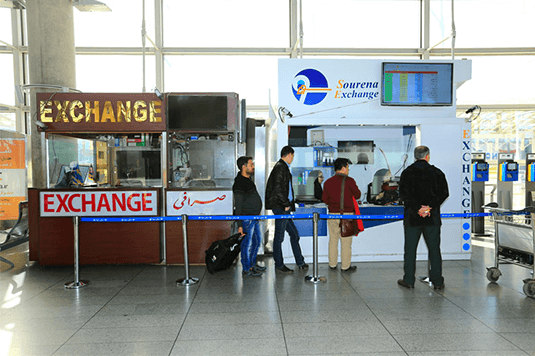
Imam Khomeini Airport Currency Exchange
Buying an Iranian debit card
If you find carrying a large amount of cash hard and insecure, it’s possible to buy a debit card from the various companies available. You can then pay directly with the debit card at most shops all over the country or purchase cash from ATMs.
We at Cheetah-Adventures provide our travelers with a local debit card during their tour as a charge-free service.
4-Iran is safe and free of Islamic Extremists
We’ll start by rejecting one of the most common misbeliefs about safety in Iran. Despite being in the Middle East there are no traces of war or Islamic groups such as ISIS in any part of Iran. In fact, Iran is a safe country for traveling and besides regular pickpocketing seen in any other busy location in the world, there is nothing to worry about.
This being said, it’s still important to take necessary precautions like locking the door to your hotel room, keeping an eye on your valuable belongings and avoiding walking alone in uncrowded streets at night.We recommend you to check other travelers’ reviews on Trip Advisor to be sure that none of them haven’t had an unpleasant experience regarding safety in Iran.
Our Iran Safety article goes through the different factors of safety in Iran. You can also contact us on WhatsApp 24/7 for further information.

Tourists in Naqsh-e Jahan Square, Isfahan, Iran
5-Driving and crossing the road
Iranians have their own way of driving. Although they may seem careless as first,their way of driving is safe for locals. However, the driving culture in Iran is rather different from what most travelers are used to,making driving a difficult task for foreigners.
We recommend travelers to use public transport and taxis for their inner-city transportation rather than renting a car. Another thing that should be taken into account is that crossing the streets in Iran requires a bit of courage.
The cars won’t stop until you start walking in the middle of the street and speed up at the sight of the yellow light to pass before it turns red. So don’t be afraid and start crossing the street instead of waiting for the cars to stop before that and avoid crossing the street at yellow light.
You can ask a local to accompany you the first few times.

A view of one of Tehran streets.
6-Dress code
As Iran is an Islamic country, following a certain dress code is a law that applies to everyone including travelers. This dress code requires women to cover their hair with a scarf, wear long-sleeve shirts that reach below the waist and long pants.
Men must also avoid wearing sleeveless shirts and shorts. Although it seems hard at first, the dress code for Iran is rather flexible and it’s even less strict for travelers.
Note : The dress code must be followed from the moment your plane lands in Iran.
You can read our complete guide to Iran dress code.
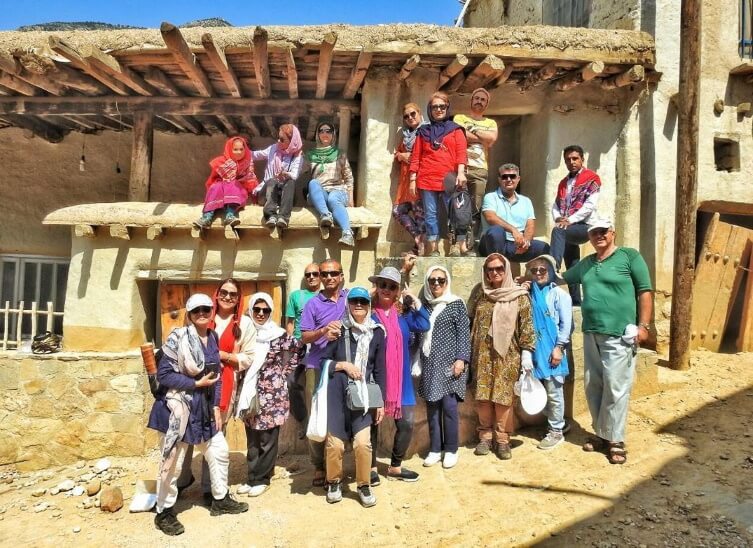
7-Wi-Fi and VPN
Unlike most European countries free Wi-Fi is not available in most restaurants, cafes and malls ;however,most hotels, hostels and homestays offer free Wi-Fi to their guests. Thus to make sure you can access the internet everywhere, it’s best to buy an Iranian SIM card and use its data package.
4G data is available throughout the country with Iranian SIM cards. In addition, it’s important to have a VPN (virtual private network) installed on your phone beforehand as many social media websites and some other ones such as YouTube, Facebook , Twitter, etc.
are blocked by the government. WhatsApp is not blocked and is working fine.
We at Cheetah-Adventures provide our travelers with a portable modem with Wi-Fi during their tour as a charge-free service.
8-Prepare yourself for Squat toilets
Although western toilets are now available in many restaurants, malls and hotels, most of the homes and public areas still only have Iranian toilets or squat toilets, so prepare yourself for some extra effort.
In addition, many of the public restrooms don’t have toilet paper, leaving you with two options: either having a roll of toilet paper with you all the time or adapt to the situation and use water instead (with a hose) like locals.
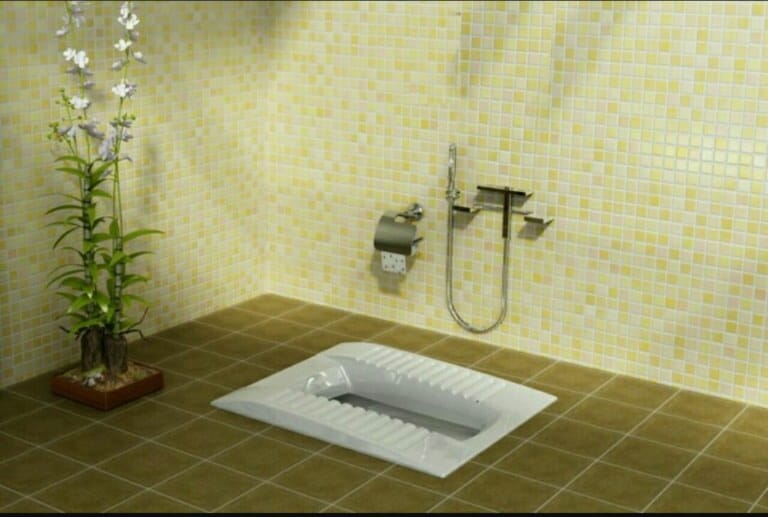
Squat toilets – hotels usually have western toilets as well.
9-Iranians have various kebabs, stews and rice
Persian Kabab may be the most famous Persian food but Iranians have various delicious and healthy foods. Don’t restrict yourself to kebabs or fast food when traveling to Iran and try their various local homemade dishes.
Most of the Iranian dishes are served with a large amount of rice or bread, so if you feel like you’d like your meal with less rice you can let the waiter know when ordering. Furthermore, aside from Kebabs Iranian dishes are usually stews or rice mixtures containing either beef or chicken and several vegetables and grains.
If you’re a vegetarian make sure to ask the waiter or your guide to tell you the ingredients. See Iranian Cuisine articles here.

Different types of Iranian Kebab!
10-You will learn to have fun without alcohol
Being an Islamic country, Alcoholic drinks are banned in Iran and are not served in restaurants. There are also no bars in the country and alcohol is only found in the black market which can be risky to buy.
There are plenty of other drinks offered in restaurants and bars, ranging from the typical coca-cola to juices, various types of coffee, tea, and several local drinks.
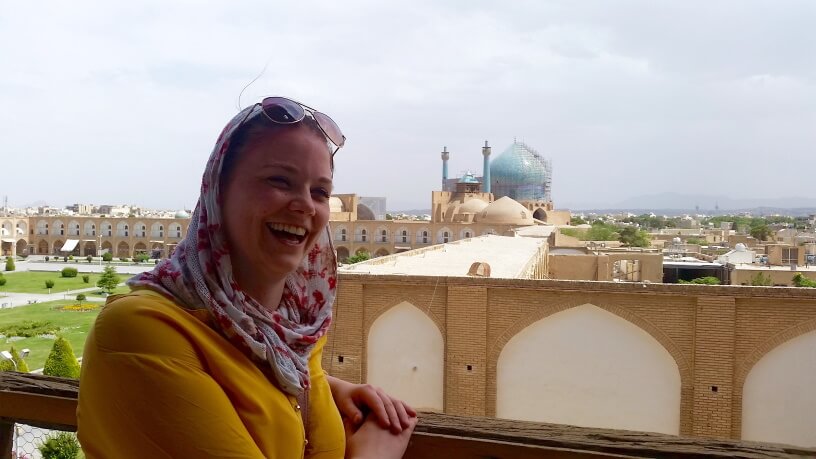
11-Public affection
The rules of Islam forbid men and women who are not married or related to each other from touching in public; however, this rule is not strictly followed in reality.
If you’re traveling with your partner, it’s ok to hold hands and hug but it’s best to save further affection for private areas especially in more religious cities such as Yazd and Kashan.
Moreover, many men and women shake hands despite what is spread in the media but to avoid any further misunderstanding, it’s best to wait for locals to offer you their hand.

12-Attention: Take off your shoes before entering
Carpets are seen in almost all Iranian homes, mosques and hotel rooms, thus Iranians take their shoes off whenever entering their home or a mosque.
It’s recommended to take your shoes off if you’re invited to somebody’s home or when entering the praying hall of a mosque, but it’s unnecessary when it comes to your hotel room.

Notice that tourists has taken their shoes off before entering the mosque.
13-Segregation in public
transportation, gyms and pools
If you’re the type to use public transportation for inner-city transport, it’s important to know that buses and subways have two separated sections. One of these sections is restricted to women only and the other is coed. This segregation is not taken very seriously in subways and men enter the women’s section very often during the rush hour.
Furthermore,Gyms and pools have separate schedules for men and women. They’re usually open to women from early morning till 4 5 pm and then for men till midnight. Even if you’re travelling with family, women and men aren’t allowed to use gyms and pools together.

Women-only wagons of Tehran metro . women can use other wagons as well.
14-Iranians are hospitable and welcoming
Iranians are famous for their unique hospitality and kindness towards travelers. While it might seem strange in other countries, people will approach you very often in Iran just to greet you and welcome you to the country.
As a traveler you might also get invited to have a cup of tea or coffee many times. While travelling in Iran you’ll be greeted by locals everywhere and probably get invited to lots of homes. In addition, the locals are always ready to help if you’re lost or in need of any help.

15-Taxi in Iran
The taxi system in Iran is a little different from anywhere else around the world. There are three types of taxis in the country:
The calling taxi: These types of taxis are the most popular type among locals and the cheapest as the price is divided among the 4 passengers.
How it works is usually the driver is waiting by a junction or in a taxi station, calling out its destination until the car is full.
It also works vice versa and sometimes the passengers call out their destination to the taxis passing by until one of them stops. This type of taxi is not usually recommended to travelers.
The normal European taxi: This type of taxis work the same way a normal taxi in most European countries does. Just remember to be clear about your destination and agree on a price with the driver before getting in.
It’s better to ask the locals about the usual cost of taxi for your destination as the taxis in Iran don’t have taximeters.

Iranian Taxi
Iranian Uber: Using the Iranian Uber is the easiest and least time consuming way
to get around inside the cities. The mobile application, named Snapp, can be installed from Google Play and app store and works just like Uber.You can download it from here too. The price is always stated in the application as soon as you mark your destination.
Note that the driver may call you to ask where you are if so you can just respond with location and remember to mark your exact location on the map. Snapp is available in all major cities and many of the smaller ones.
Tap30 (pronounced as Tap-si, just like taxi) is another application similar to Uber and Snapp. you can download it here.
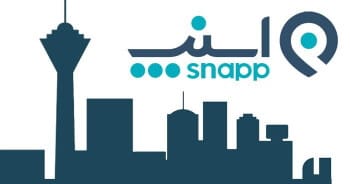
Iranian Uber application, named Snapp.
16-Tap water is drinkable
The tap water is drinkable in most of the cities in Iran, but it’s necessary to ask the locals to make sure.
There is also drinkable water available in most parks, subway stations and malls so we recommend having a refillable bottle with you throughout your trip in order to avoid buying numerous plastic bottles.
17-Many Iranians speak basic English
Persian is the official language of Iran and its various dialects are spoken all over the country. Many of the educated people in Iran speak basic English and among them people under the age of 30 speak it better.
In spite of this, it’s recommended to learn basic Persian phrases like greeting, addressing and asking for prices to facilitate communication during your stay.
It’s also beneficial to learn the written form of numbers in Persian as the prices are usually written on products.

18-Taarof, a confusing costume
Taarof is considered one of the strangest Iranian costumes. It’s usually done to show respect towards the other person. For example Iranians may often ask you to walk through a door before them to respect you.
Another example of Taarof is Iranians, including shopkeepers, taxi drivers etc.tend to reject your payment at first but you have to keep insisting until they accept.
If they don’t accept after 3 4 rounds of rejecting and insisting then it means they wanted to give you a complimentary service.

A picture of Rasht bazaar, be aware of “Taarof” when you go shopping!
19-The weekend is on thursday and friday
The Iranian Calendar is a bit different from the rest of the world. The Persian week begins on Saturday and ends on Friday, with Thursday and Friday being the weekend.
The shops are usually open from Saturday to Thursday and from 10 pm to 9 pm. However; grocery stores tend to open around 6:30-7 Am and close at 10-10:30 pm daily. Furthermore, malls and shopping centers usually open at 10-11 Am and are open until 11:30-12 Pm and they’re also open on Fridays.
The restaurants and cafes in major cities usually have long opening hours with the cafes working from 8 AM to 12 PM and restaurants from 11 AM to 12 PM every day.
Note: During summer many local shops and bazaars are closed from 2 to 4 PM in hot cities.
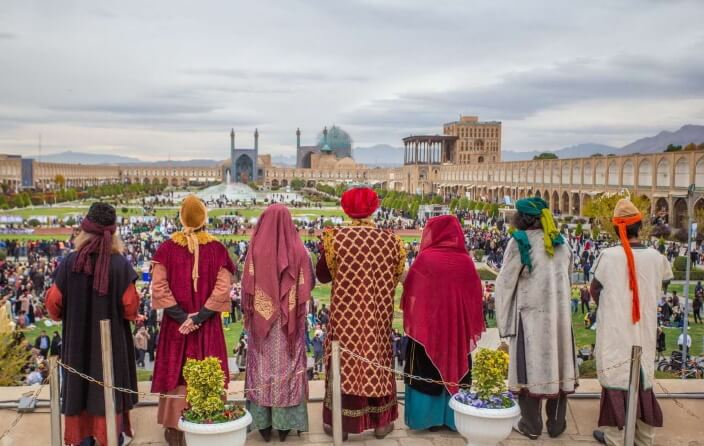
20-Ramadan, when restaurants and cafes are closed during the day
Muslims all over the world fast for a month each year, meaning they avoid eating, drinking and smoking from sunrise to sunset.
This month is called Ramadan and it’s the ninth month of the Islamic( Arabic) calendar. As most restaurants, juice bars and cafes are closed from sunrise to sunset, it’s best to avoid traveling to Iran during this time.























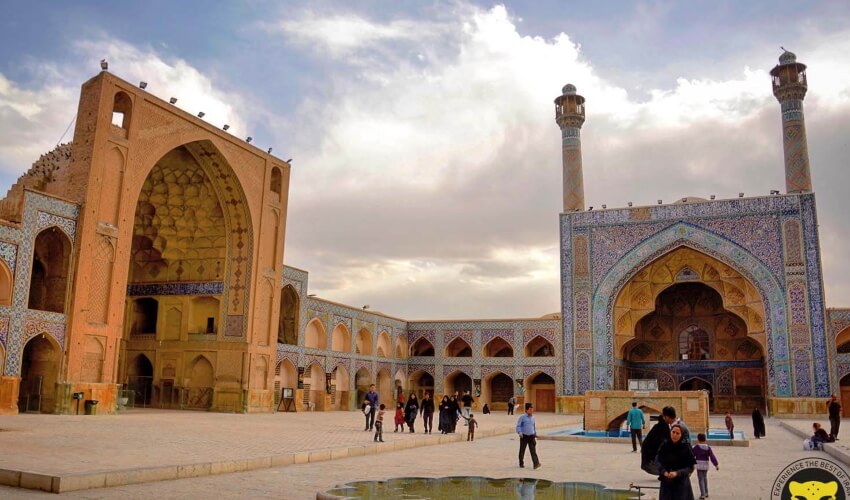

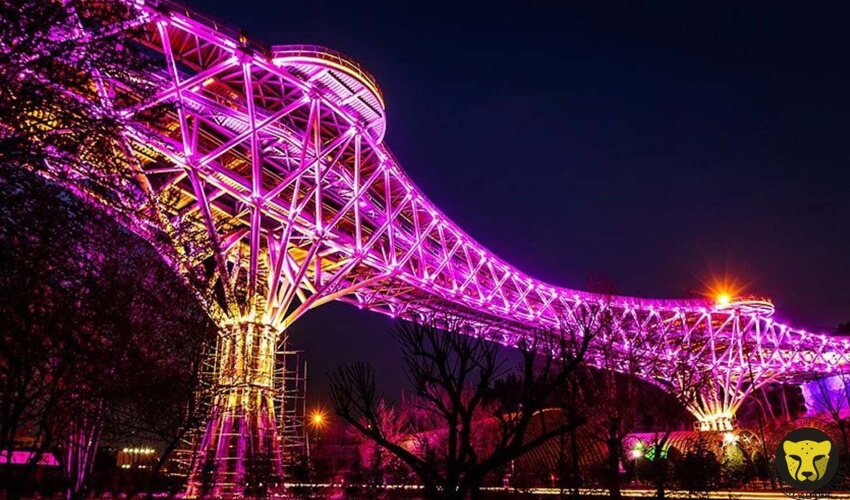
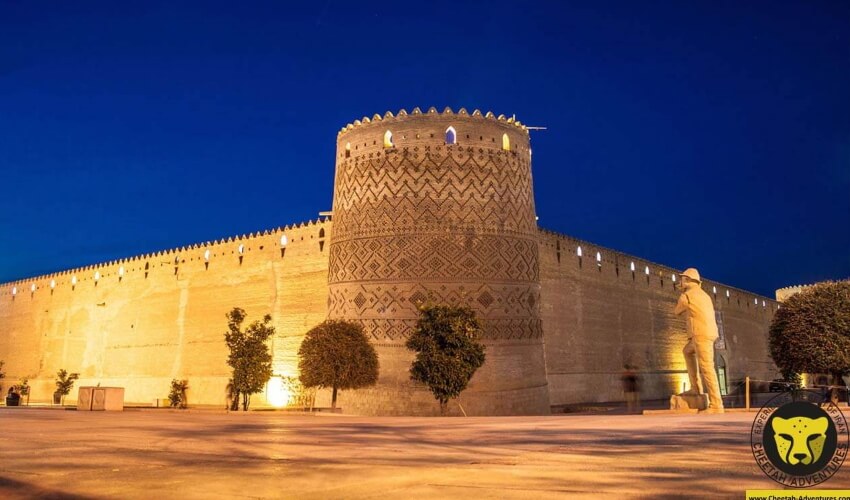
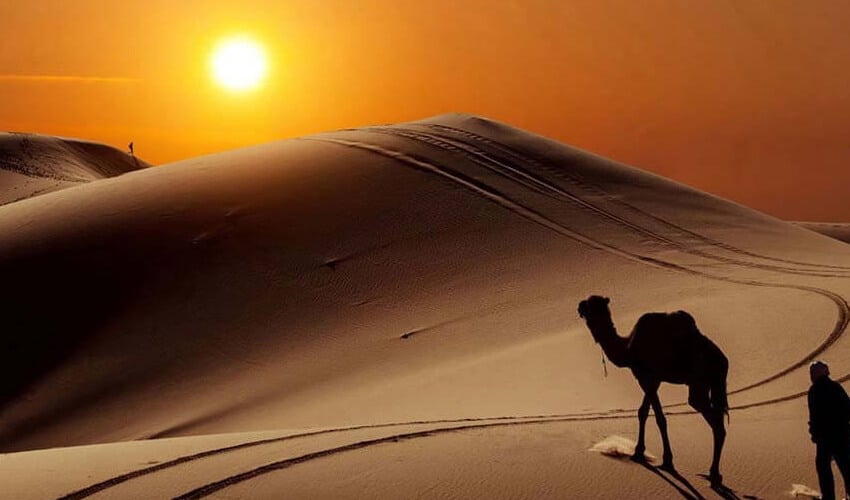
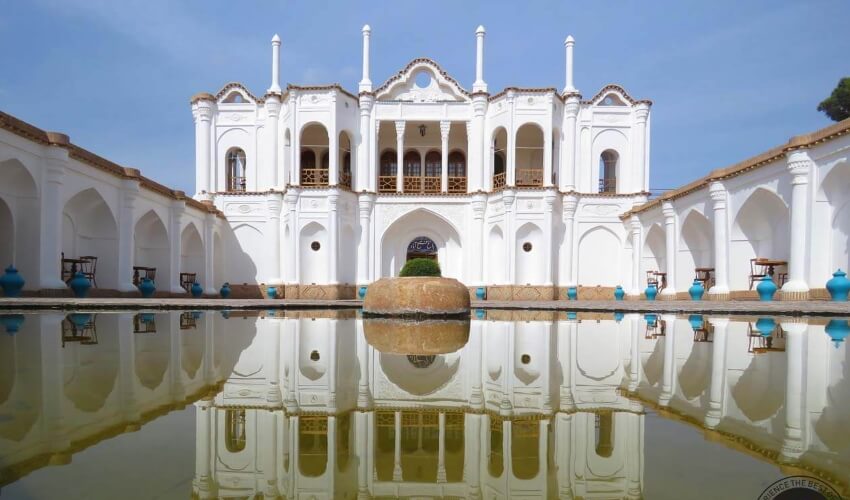


Leave a Reply
Want to join the discussion?Feel free to contribute!